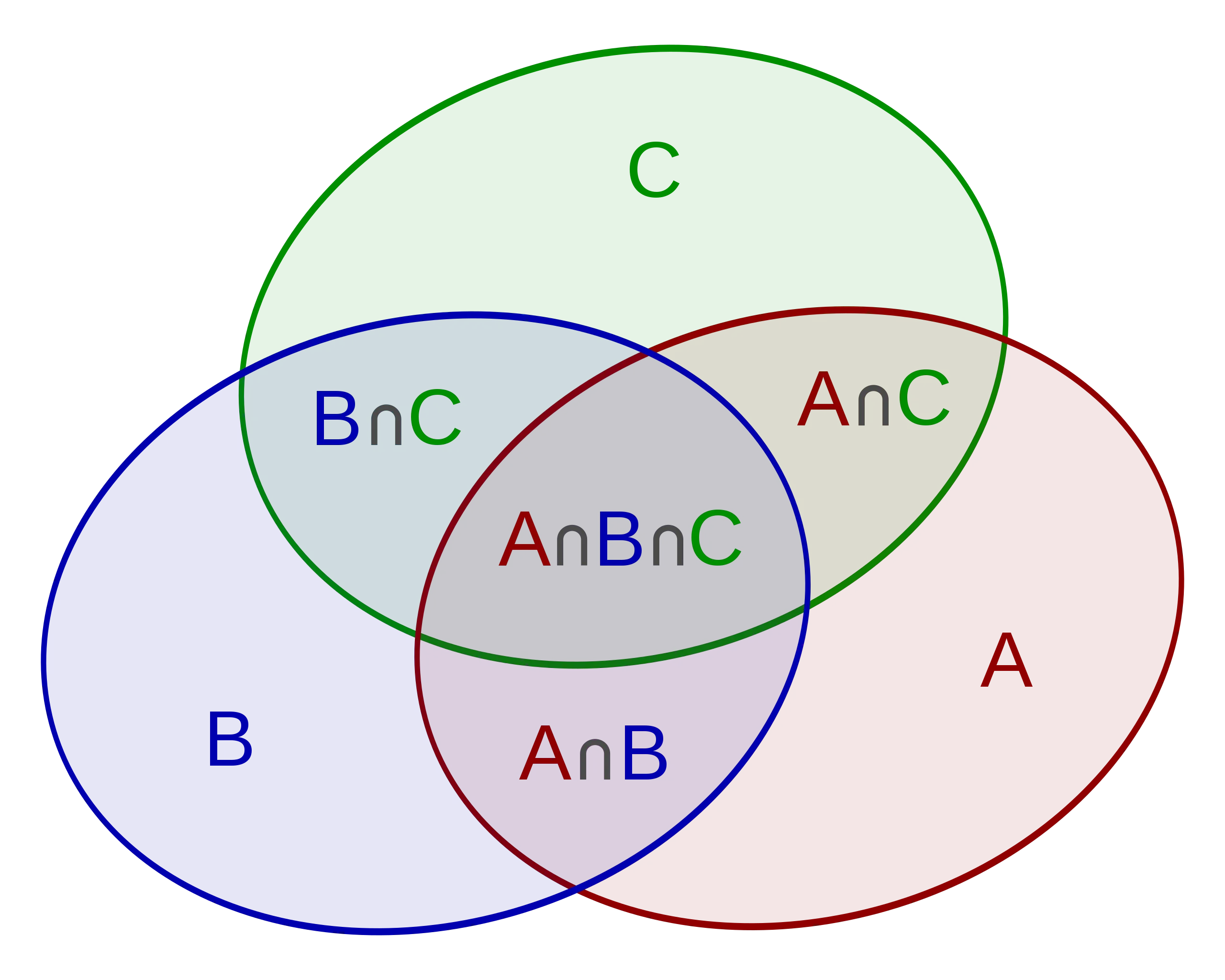题目 | typewriter
AtCoder Beginner Contest 246
F - typewriter
https://atcoder.jp/contests/abc246/tasks/abc246_f
Time Limit: 2 sec / Memory Limit: 1024 MB
Score : $500$ points
Problem Statement
We have a typewriter with $N$ rows. The keys in the ii-th row from the top can type the characters in a string $S_i$.
Let us use this keyboard to enter a string, as follows.
- First, choose an integer $1 \le k \le N$.
- Then, start with an empty string and only use the keys in the $k$-th row from the top to enter a string of length exactly $L$.
How many strings of length $L$ can be entered in this way? Since the answer can be enormous, print it modulo $998244353$.
Constraints
- $N$ and $L$ are integers.
- $1 \le N \le 18$
- $1 \le L \le 10^9$
- $S_i$ is a (not necessarily contiguous) non-empty subsequence of
abcdefghijklmnopqrstuvwxyz.
Input
Input is given from Standard Input in the following format:
$N$ $L$
$S_1$
$S_2$
$\dots$
$S_N$
Output
Print the answer.
Sample Input 1
2 2
ab
ac
Sample Output 1
7
We can enter seven strings: aa, ab, ac, ba, bb, ca, cc.
Sample Input 2
4 3
abcdefg
hijklmnop
qrstuv
wxyz
Sample Output 2
1352
Sample Input 3
5 1000000000
abc
acde
cefg
abcfh
dghi
Sample Output 3
346462871
Be sure to print the answer modulo $998244353$.
我的笔记
容斥原理
我们要求 $|A\cup B\cup C|$,可以先求 $|A|+|B|+|C|$,发现有三个重复部分,那就再减去 $|A\cap B|,|B\cap C|,|A\cap C|$,发现减多了一个部分,那就再补回去一个 $|A\cap B\cap C|$

用数学语言描述容斥原理如下:
$$ {\displaystyle {\begin{aligned}\left|\bigcup _{i=1}^{n}A_{i}\right|={}&\sum _{i=1}^{n}|A_{i}|-\sum _{1\leq i<j\leq n}|A_{i}\cap A_{j}|+\sum _{1\leq i<j<k\leq n}|A_{i}\cap A_{j}\cap A_{k}|-\cdots +(-1)^{n-1}\left|A_{1}\cap \cdots \cap A_{n}\right|.\end{aligned}}} $$
(图片和公式来源:维基百科,使用 CC BY-NC-SA 4.0 许可)
题目转化
题目要求第 $1\sim N$ 行按键 每行分别 能组合出的长为 $L$ 的字符串的种数(后面简称种数)之和,便可以通过容斥原理转化为:(以 $N=3$ 为例)
$+$ 第 $1$ 行按键的种数 $+$ 第 $2$ 行按键的种数 $+$ 第 $3$ 行按键的种数
$-$ 第 $1、2$ 行按键都能组合出的种数 $-$ 第 $1、3$ 行按键都能组合出的种数 $-$ 第 $2、3$ 行按键都能组合出的种数
$+$ 第 $1、2、3$ 行按键都能组合出的种数
这所有情况加起来为 $2^{N}-1$ 种(因为 $2^{n} =\sum_{r=0}^{n}{C_{n}^{r}}$,减一是因为去除不选任何行的情况)
求种数
如果我们知道,第 $1$ 行按键有 $3$ 个不同的字母,如果要组成长为 $L$ 的字符串,那么种类就是 $3^L$
如果我们知道,第 $1、2$ 行按键有 $2$ 个都包含的字母,这两行按键都能组合出来的字符串的总数便是 $2^L$
因此不需要知道具体有那几个字母,只需知道字母个数即可。
位运算的巧妙
官方题解位运算更巧妙,不过我看着不习惯,还是换成了数组。运行时长长了 $30\%$ 左右,但是 AC 也是绰绰有余。
这里只说一个我觉得挺好的用法,就是 36 行的 for (int i = 1; i < (1 << N); i++) 和 43 行的 if (i & (1 << j))
前者用二进制的方法,只用了一个 for 循环就完成了容斥定理 选 $1、2、\cdots、1和2、1和3、\cdots、1和2和3、\cdots$ 的操作。
选择方法是 $i$ 的第 $j$ 个二进制位为 $1$ 的时候就选第 $j+1$ 行,if 内用的 i & (1 << j) 便是这个目的
源码
#include <bits/stdc++.h>
#define MOD 998244353
using namespace std;
long long fast_pow(long long a, long long b)
{
a %= MOD;
long long ans = 1;
while (b)
{
if (b % 2)
{
ans = ans * a % MOD;
}
b /= 2;
a = a * a % MOD;
}
return ans;
}
int main()
{
int N, L;
cin >> N >> L;
bool row[18][26];
memset(row, false, sizeof(row));
for (int i = 0; i < N; i++)
{
string keys;
cin >> keys;
for (auto &key : keys)
row[i][key - 'a'] = true;
}
long long ans = 0;
for (int i = 1; i < (1 << N); i++)
{
bool these_rows[26];
memset(these_rows, true, sizeof(these_rows));
int selected_row_cnt = 0, selected_key_cnt = 0;
for (int j = 0; j < N; j++)
{
if (i & (1 << j))
{
selected_row_cnt++;
for (int k = 0; k < 26; k++)
{
these_rows[k] &= row[j][k];
}
}
}
for (int i = 0; i < 26; i++)
{
if (these_rows[i])
selected_key_cnt++;
}
if (selected_row_cnt % 2)
{
ans += fast_pow(selected_key_cnt, L);
ans %= MOD;
}
else
{
ans += MOD - fast_pow(selected_key_cnt, L);
ans %= MOD;
}
}
cout << ans << endl;
return 0;
}本文采用 CC BY-SA 4.0 许可,本文 Markdown 源码:Haotian-BiJi